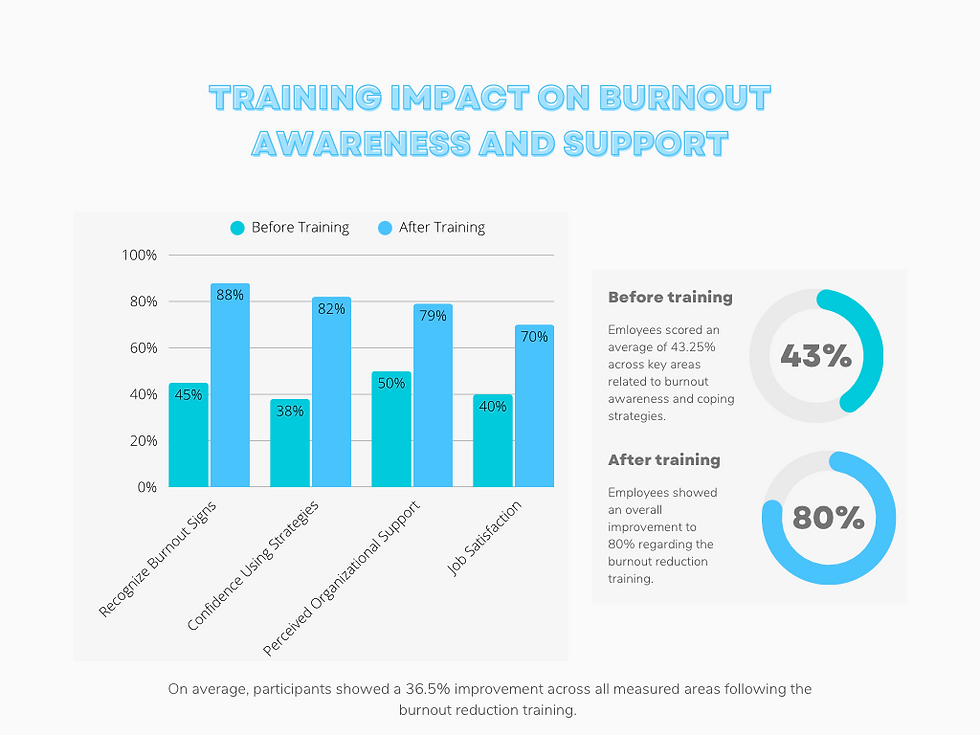Instructional Design Journey
- Brianne Matthews
- May 10
- 3 min read
Updated: May 16
With a unique blend of creativity and analytical thinking, my innovative methods and dedication to learner engagement.
My Journey
I began my career in education as a classroom teacher. I quickly realized that traditional teaching methods often fell short in engaging students and maintaining classroom management which sparked my interest in instructional design.
I pursued further education in instructional technology at the University of Toronto, where I honed my skills in creating effective learning experiences. My journey is a testament to the importance of adaptability in education. Thus, my transition from a primary school teacher to instructional designer was not just a career change; it was a mission to enhance learning for all.
Philosophy of Instructional Design
At the core of my philosophy is the belief that learning should be an engaging and interactive experience. I emphasize the importance of understanding the needs of learners.
I often uses the following principles in her work:
Learner-Centered Design: I believe that the learner should always be at the centre of the design process. This means understanding their backgrounds, preferences, and challenges.
Active Learning: I advocate for methods that encourage active participation. This can include group discussions, hands-on activities, and real-world applications.
Continuous Improvement: I stress the importance of feedback and iteration. Instructional design is not a one-time effort; it requires ongoing assessment and refinement.
These principles guide me in creating courses that are not only informative but also enjoyable.
Innovative Techniques in Instructional Design
Brianne is known for her innovative techniques that set her apart from others in the field. Here are a few examples of her methods:
Storytelling in Learning
One of my favourite techniques is storytelling. I strongly believe that stories can make complex concepts more relatable. By weaving narratives into my courses, I help learners connect with the material.
For instance, in a course about project management, I might include a story about a fictional team facing challenges. This approach allows learners to see the practical application of theories in a real-world context.
Gamification
Another technique I adore to employ is gamification. By incorporating game elements into my courses, I tend to increase motivation and engagement.
For example, I often create a sticker system for completing tasks or introduce challenges that learners must overcome. This not only makes learning fun but also encourages healthy competition among peers.
Multimedia Integration
Lastly, I also emphasizes the use of multimedia in her instructional design. I believe that different formats can cater to various learning styles.
I often incorporate videos, podcasts, infographics, and interactive quizzes. This variety keeps learners engaged and helps reinforce key concepts.
The Impact of My Work
My methods have not only improved learner engagement but have also influenced other educators. These aspects provide valuable insights into instructional design and empower others to create impactful learning experiences.
Challenges in Instructional Design
Balancing Creativity and Structure
Finding the right balance between creativity and structure, while innovative techniques are essential, they must also align with learning objectives.
I emphasize the importance of clear goals in her design process. This ensures that creativity enhances, rather than detracts from, the learning experience.
The Future of Instructional Design
Looking ahead, I am excited about the future of instructional design. I believes that the field will continue to evolve, driven by advancements in technology and a deeper understanding of how people learn.
Focus on Inclusivity
Another trend, I am passionate about is inclusivity in instructional design. I believe that all learners should have access to quality education, regardless of their background or abilities.
This means designing courses that are accessible to individuals with disabilities and considering diverse perspectives in content creation.




Comments